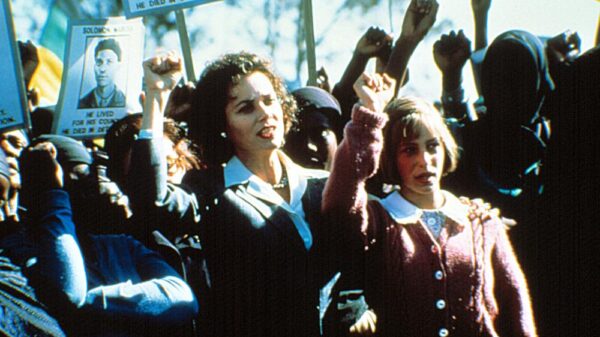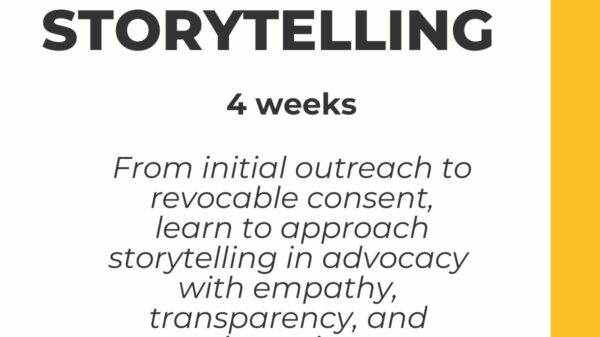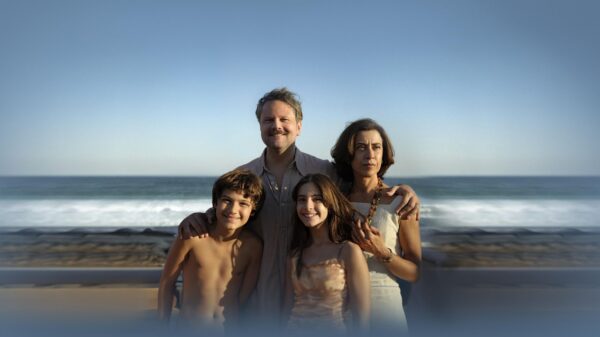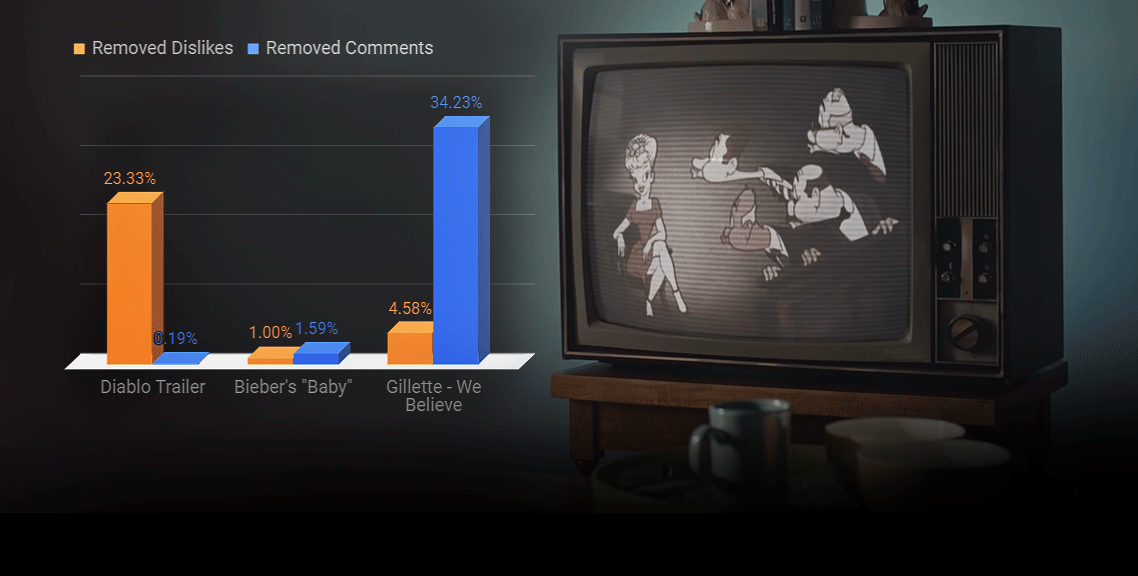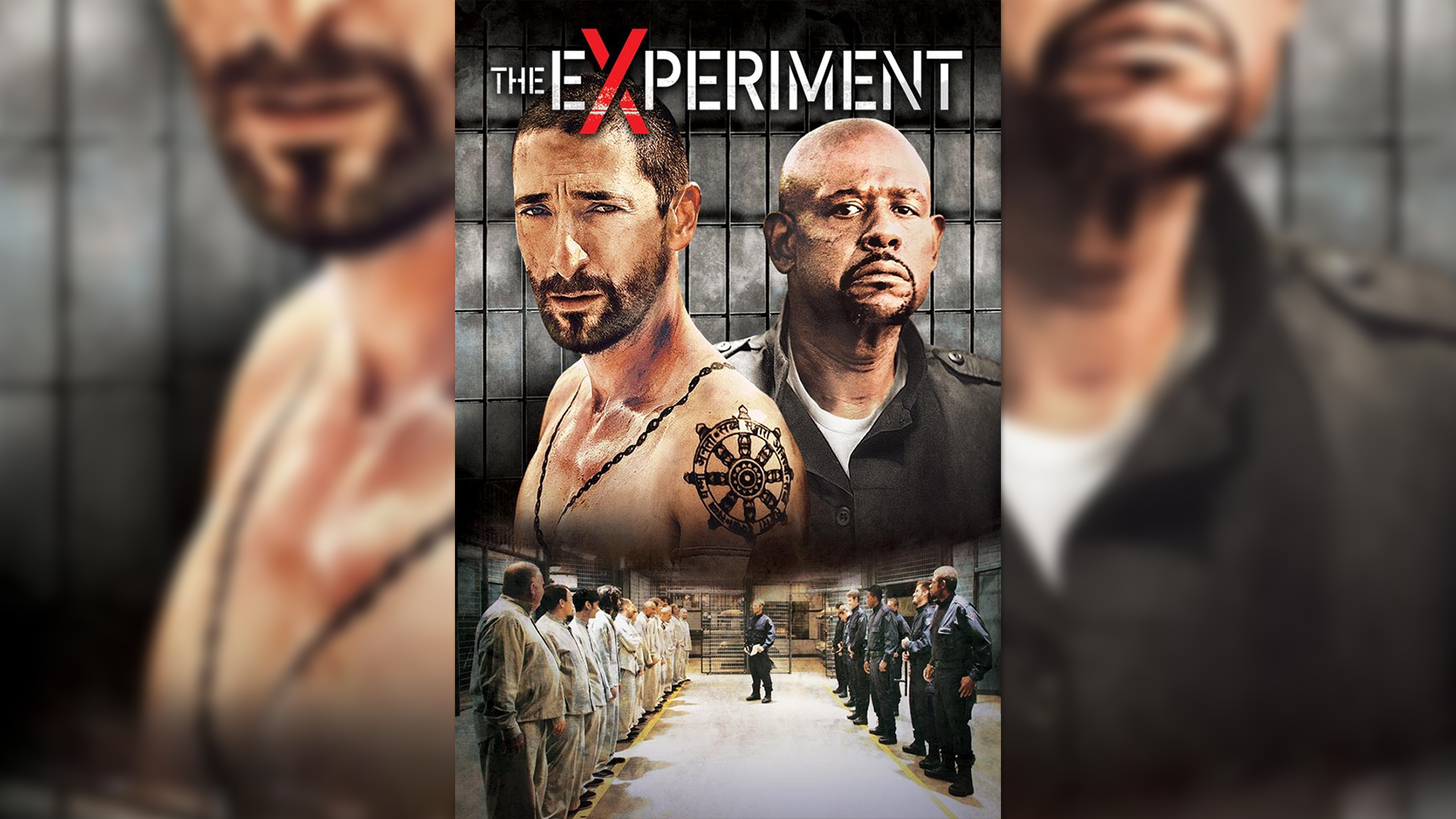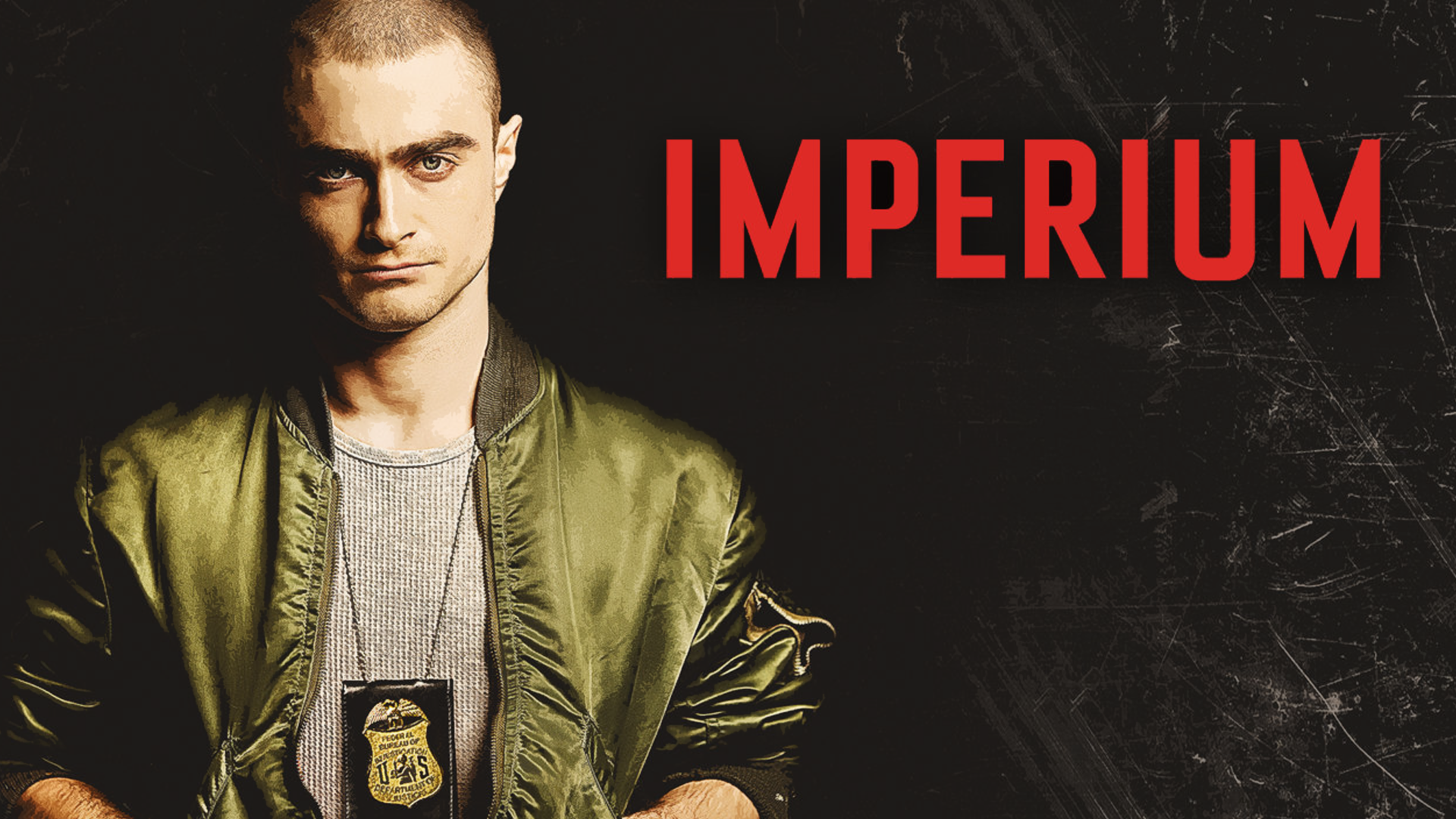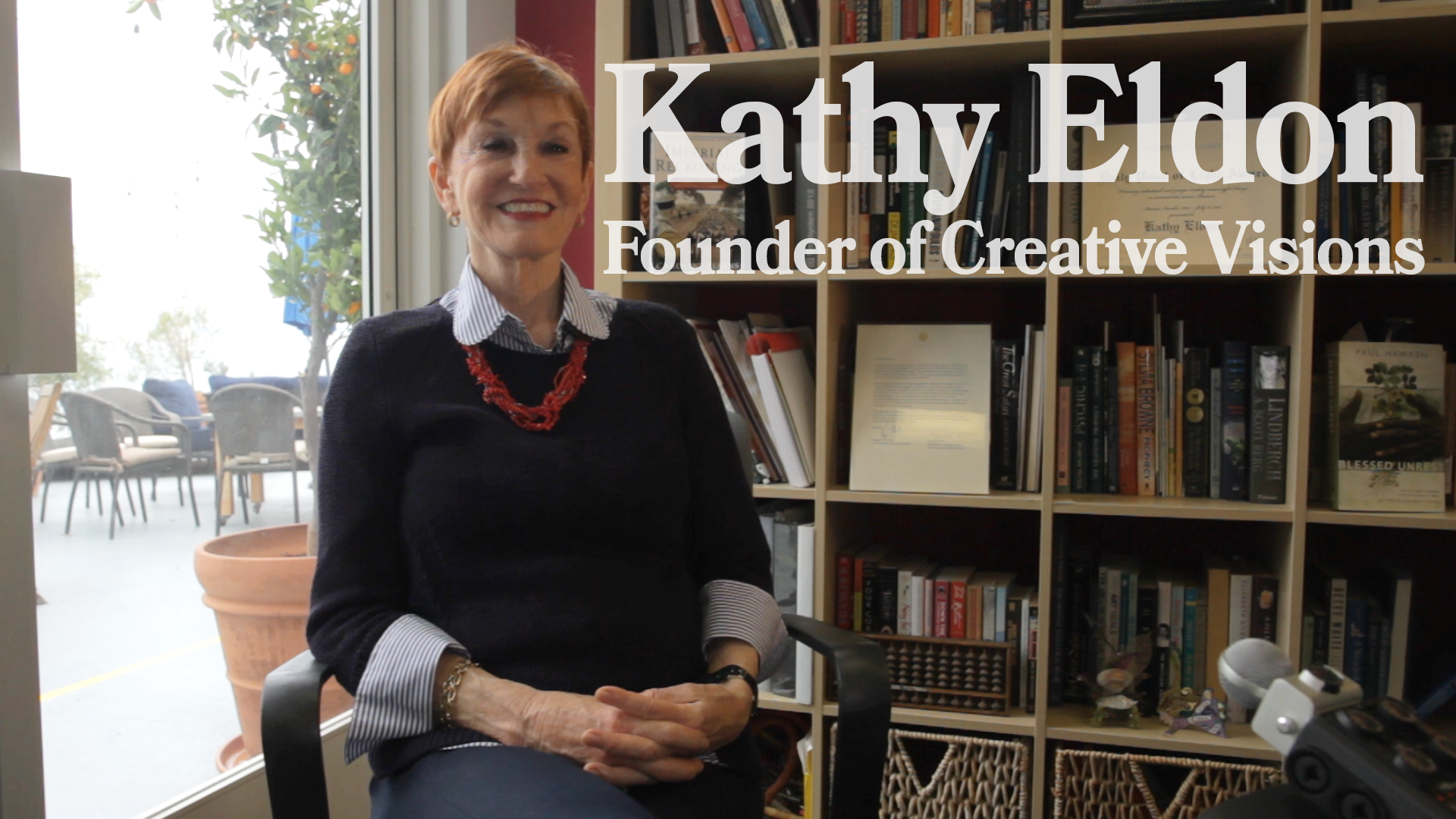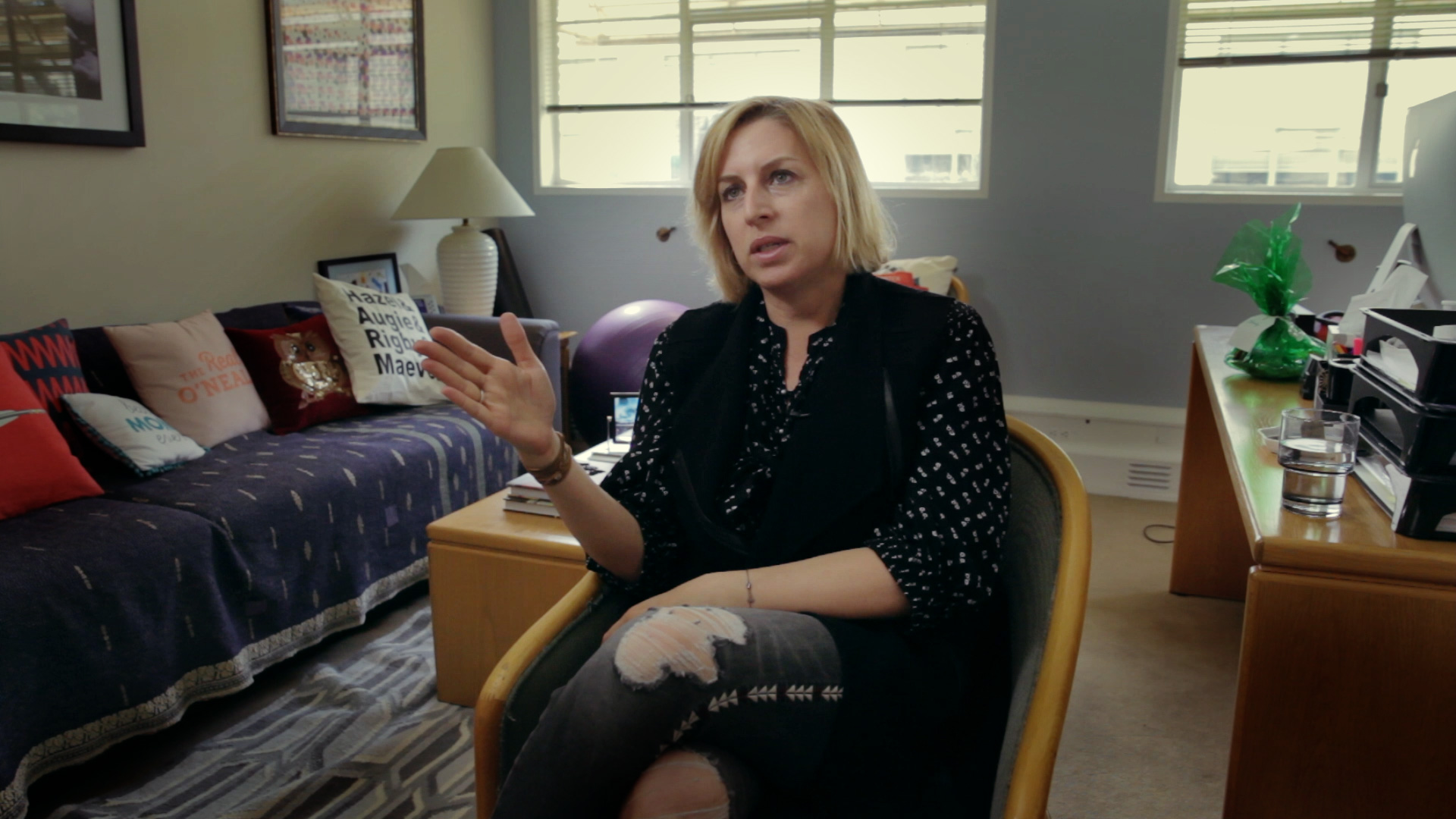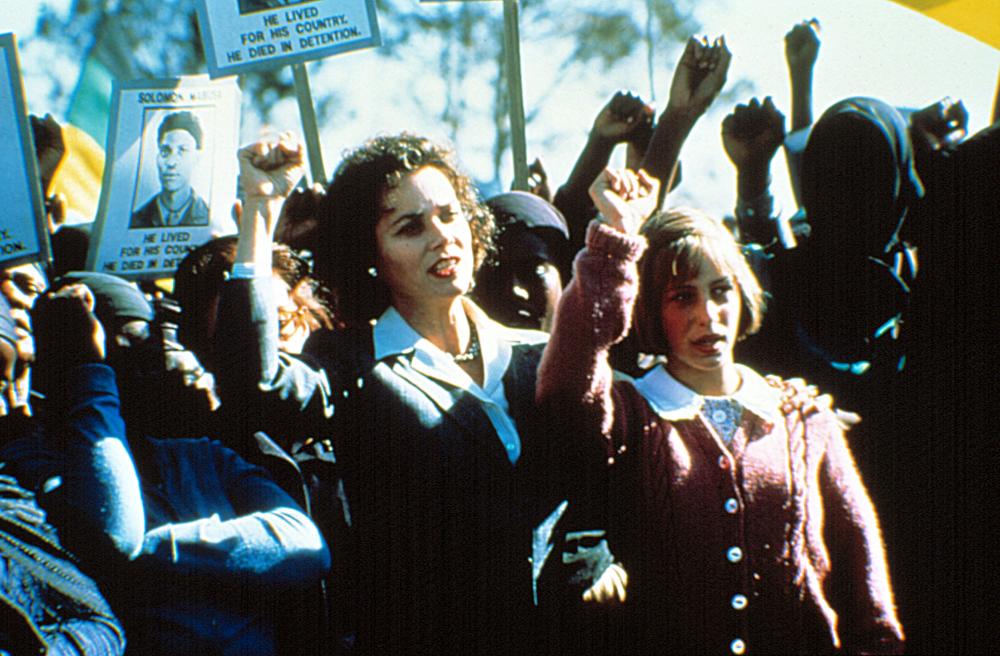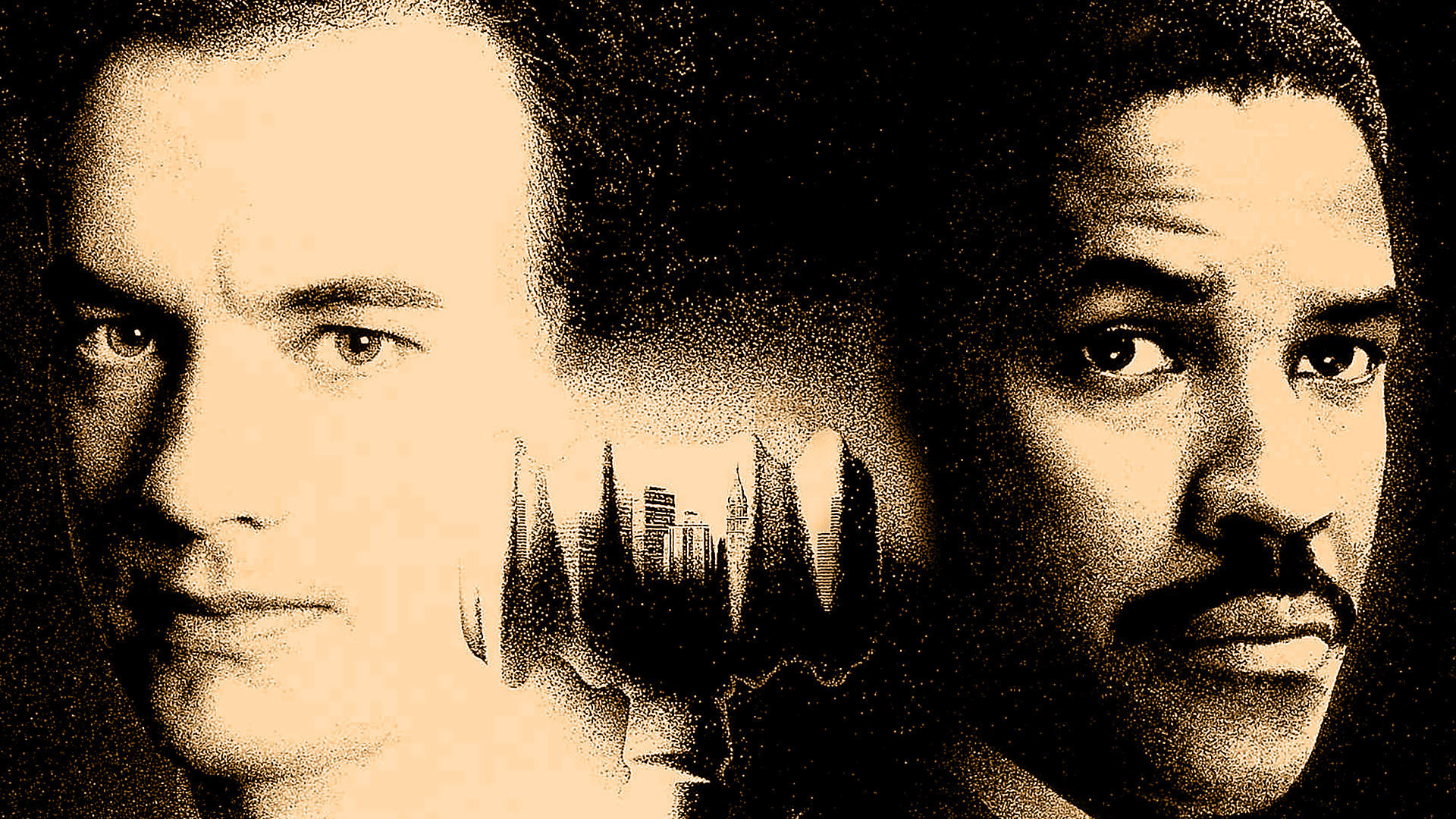Isn’t the honesty of things where they resist, where only the wind can bend them back…
— from “The Age of Reason” by Jorie Graham
Reel One: One Billboard Outside Park City, Utah
A few years back I attended the Sundance Film Festival and as I headed into Park City, Festival-bound, I noticed a lone billboard which read, “In a given community, it’s the storytellers who have all the power.”
In this time of sick political vengeance in Washington, D.C., when rationality and compassion have fled, I’ve also fled –from the customary or routine ways in which I might otherwise be keeping myself “informed” through facts and news broadcasts and op eds and all the trappings of “current events.” Right now in a time of darkness, they fail to illuminate or transform or present anything expressing grace or hope or insight into the astonishment of living.
So I am writing about “ impact.” Not impact as measured by audience share or opening weekend box office returns and profitability. These are empirical dimensions. I’ve turned to aesthetic dimensions –a form of impact I’m calling “resistance.”
For this exploration of resistance, I begin with a piece of wisdom I first saw taped with masking tape to a greasy brick wall at Haley House, Boston’s Catholic Worker Soup Kitchen where I was a volunteer (in order to stay sane) while in graduate school at Harvard.
The quote taped to the soup kitchen wall is William James’: “I am done with great things and big things, great institutions and big success, and I am for those tiny, invisible molecular moral forces that work from individual to individual, creeping through the crannies of the world like so many rootlets, or like the capillary oozing of water, yet which if you give them time, will rend the hardest monuments of man’s pride.”
James is characterizing how resistance operates, and this form of resistance has me reaching not for news, but for stories in books and film or books that have been adapted into films. William James and the Sundance billboard are expressing truth about a form of resistance. A truth with a capital ’t.’ Truth and facts are two separate entities entirely. Truth may or may not reside in the facts of a situation. Facts declaim, facts tell. Truth expresses; in the words of American dancer and choreographer Isadora Duncan: “If I could tell you what it meant, there would be no point in dancing it.”
Turner Classic Movies [TCM] has been an anchor, a teacher and a source of illumination, these days especially. The other night, in a one-two programming punch, TCM showed, first, A FACE IN THE CROWD, the 1957 drama [Elia Kazan, director] about a folk-singing hayseed, Larry “Lonesome Rhodes” [played by Andy Griffin] who’s turned into an overnight television superstar by Marcia Jeffries, a female radio reporter [played by Patricia Neal]. His meteoric rise to national fame causes “Rhodes” to reveal his true self: vain, self-centered and power-hungry, filled with contempt for his audience and a belief he can get them politically to think or do whatever he declares. Rhodes’ demise is swift, public and harrowing, ironically caused by the very media which first jettisoned him to celebrity.
The second film airing the same night was NETWORK the 1976 black comedy [Sydney Lumet, director] about a television network’s attempts to exploit its former news anchor’s derangement and pontifications about the dangers of media, for its own profits and to enhance its network’s ratings. NETWORK stars Peter Finch as Howard Beale, a TV news anchor, who announces during his nightly newscast that he’s going to blow his brains out live on his television show the following Tuesday; William Holden plays Max Schumacher, a disillusioned television executive and best friend to Beale, and Faye Dunaway is Diana Christensen a driven television programming executive, who sees in Beale’s insanity, an extraordinary means of boosting ratings. NETWORK was prescient in depicting what today is known as “reality TV.”
When Howard Beale’s news-ratings tank, Christensen offers to bolster the show and reaches out to Schumacher with an offer to help. Schumacher and Christensen have an affair but over time, Schumacher bitterly realizes how opportunistic and power-hungry Diana actually is in the television world. Schumacher says, “You’re television incarnate, Diana.” And in a wrenchingly truthful monologue and goodbye to her that follows, Schumacher says the real horror of television is that, “All of life is reduced to the common rubble of banality… even shatter[ing] the sensations of time and space into split seconds and instant replays.” [https://www.youtube.com/watch?v=DF14PfsFP6c ]
A comment posted by a viewer on the clip’s YouTube site asks, “One wonders what William Holden’s character would have to say about today’s world of the 24 hour news cycle, social media, etc?”
Two films about people and media, shown back-to-back, express timeless truths — about the insidiousness of vanity and narcissism masking as leadership; about the self-serving aims of network television, and the horror of human beings realizing too late they have allowed their humanity to be stolen from them –“vaulting ambition that o’er leaps itself” Shakespeare called it. These films help us perceive deeply –in head and heart and gut simultaneously— what Jorie Graham’s poem calls “the honesty of things, where they resist.”
Reel Two: Political and Psychological Resistance in Film
In her Harvard Graduate School of Education Adolescent Development course [in which I was a Teaching Assistant] Psychologist Carol Gilligan examined at length the ways in girls at adolescence move from what Gilligan called “political resistance,” [an insistence on knowing what one knows to a “psychological resistance,” [a reluctance to know what one knows, and a fear that such knowledge, if spoken will endanger relationships and threaten survival.] Or as a woman remarked to Gilligan when Gilligan was interviewing her, “Do you want to know what I think, or do you want to know what I really think?”
To illuminate this struggle in girls at adolescence, we regularly showed in the Adolescent Development course, the 1988 political drama A WORLD APART [Chris Menges, Director]. Set in Johannesburg, in 1963, the film depicts thirteen year-old Molly Roth’s [played by Jhodi May] childhood life at the moment her father, a member of the South African Communist party goes into political exile. Molly is then tries to draw closer to her mother, Diana [played by Barbara Hershey] who, as a journalist is covering the campaign against apartheid. Diana Roth is subsequently jailed under the South African government’s Ninety Days Detention Act, the period for which prisoners could be held without charges. How mother and daughter struggle for relationship against this traumatic political upheaval is the subject of the movie the Los Angeles Times called “a deeply moving film of conscience and consequence.” For Gilligan, the film was an especially powerful exemplification of the struggle at adolescence for Molly to stay connected to her own thoughts and feelings, and to her mother. Gilligan was so taken with the film she wrote at length about A WORLD APART in a seminal 1990 essay [which first appeared in the Fall 1990 issue of the Michigan Quarterly Review, pps. 509-511]titled Joining the resistance: Psychology, politics, girls, and women. What follows are Gilligan’s trenchant comments about the film’s psychological power and emotional depth:
“In an extraordinary film about South Africa, which has the slow-motion quality of recovering memory, Shawn Slovo, screenwriter of A WORLD APART returns to the year when she was thirteen —the year her mother was taken away to prison— to consider, in the context of this difficult relationship between mother and daughter, “how to merge the politics with the personal without detracting from the importance of either.” Slovo is the daughter of Ruth First, the journalist who was one of the few whites centrally involved with the African National Congress, a woman whose militant opposition to Apartheid led her to be arrested and detained twice by the South African government in 1963, the year of the film’s action, and then in 1982, to be killed by a parcel bomb while working with the resistance in Mozambique.
“Set at the edge of girls’ development, between childhood and adolescence, the film catches an angle of perception which is at odds with conventional ways of speaking about mothers and daughters, especially with conventional images of what constitutes good and bad mothering. And this perspective is, inadvertently, a discovery of the film. Slovo, as she describes in her introduction to the diary she kept in the course of her writing, set out to write in what are essentially conventional terms about
the relationship between a white woman, politically committed to the fight against Apartheid, and her thirteen year-old daughter who contend against politics for the love, care and time of her mother. Set against the backdrop of increasingly violent repression [the film] chronicles the effects of the break-up of the family.
“And yet, Slovo has written a very different film. Showing the break-up of the family, she chronicles the connection between mother and adolescent daughter, a connection instigated by the daughter’s insistence on entering the emotional center of her mother’s life. Thirteen-year-old Molly, in the critical scene, literally breaks her mother’s silence by opening her secret drawer and reading her diary. What she discovers is what she most feared. That her mother had “ tried to leave us,” that she had tried to kill herself in prison. “You don’t care about us,” the dialogue runs.
“Slovo discovers in writing out this accusation of bad mothering —the accusation readily made by [New Yorker] critic Pauline Kael and other critics— that she hears her mother’s voice as well as her own. The scene which she had resisted writing, ‘the conversation, the confrontation, my mother and I had never had’ and which ‘in life was what kept us apart,’ turned out to have been ‘there all the time, just waiting for the last moment.
“The scene as written has the quality of remembering and also the ring of familiarity, resonating with other moments when daughters fight for relationship with their mothers and mothers let them in. Then the desire for human connection overrides the restraints on relationships between mothers and daughters imposed by cultural images of good and bad women, and leads, in the case of Shawn Slovo, screenwriter of A WORLD APART, to a reformulation of the basic question at a much deeper level” What does it mean to be a good mother to an adolescent daughter, coming of age in a violent and racist society? and, What can women teach girls about resistance and courage and love in the face of indifference, cruelty and violence?
“The illusion, still blinding the critics but seen through in the film, is that mothers and daughters can live in a world apart. Slovo steadily directs the viewer’s eye to the enclosure —the imprisonment of conventionally good South African white mothers in elaborately fenced-in private houses. Her conclusion is that mothers cannot stay with their daughers without joining the resistance, at least once their daughters are able to see beyond their enclosure, and that daughters and mothers need to find ways to be with one another in this struggle.”
Reel Three: Epilogue
Brazilian actress Fernanda Torres portrays Eunice Paiva in the 2024 film I’M STILL HERE [Directed by Walter Salles], about a woman married to a former politician during the military dictatorship in Brazil who, after he is taken away by the invasion of their home by military police, must start a new life for herself and her family. The film received the Academy Award for Best International Feature. And at the 2025 Golden Globe Awards, Fernanda Torres received a Golden Globe Award for Best Actress in a Motion Picture — Drama, the first Brazilian to receive that award.
In her acceptance speech Torres cautioned, albeit with optimism about the role of film in fostering resistance. She said, “The same thing is happening in the world today [as in the film] with so much fear in the world. This is a film to help us to think in how to survive in tough times.”


